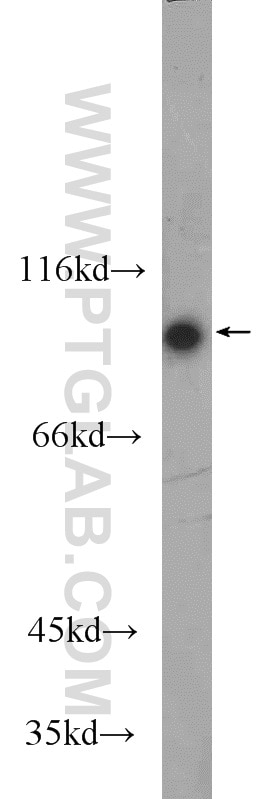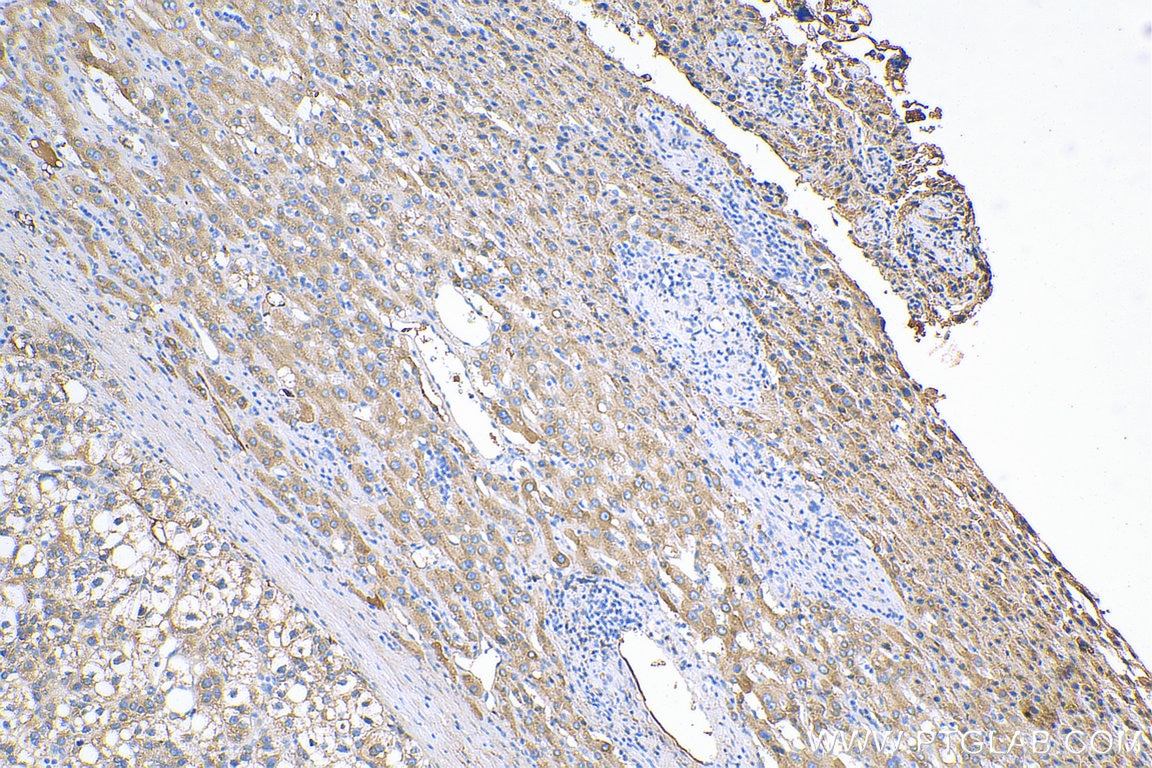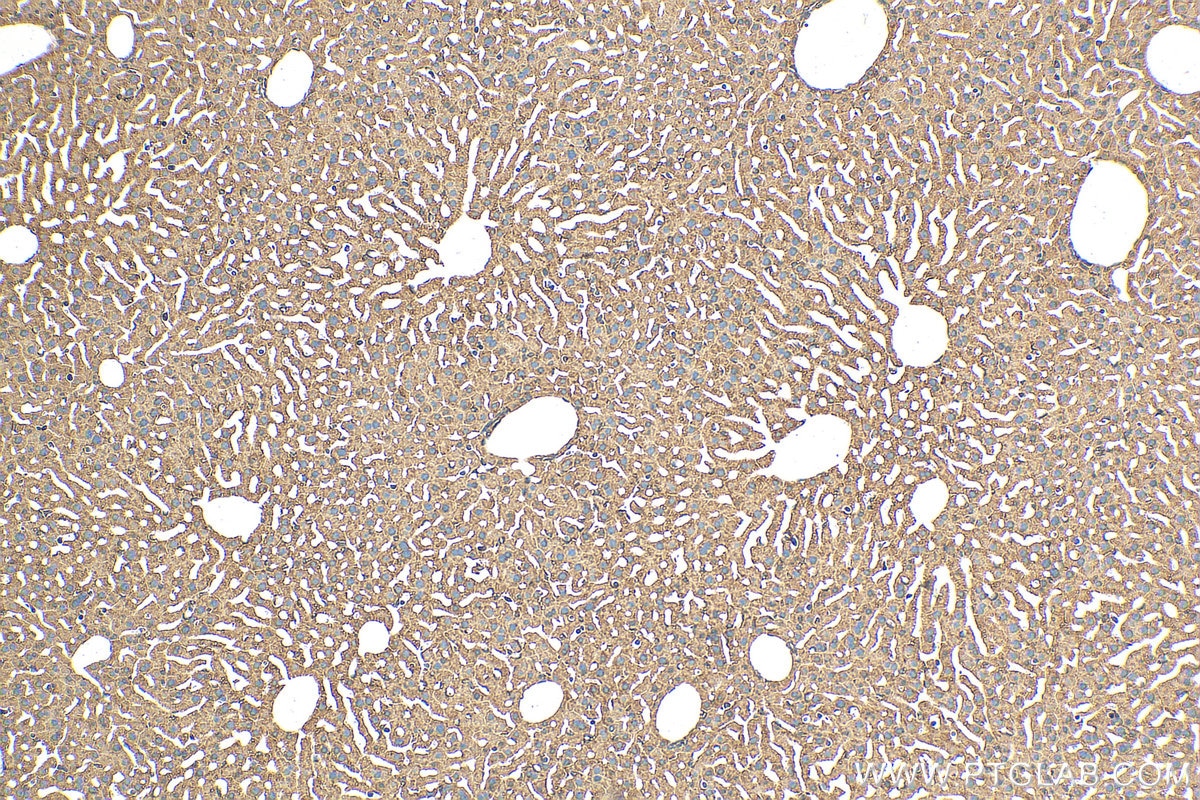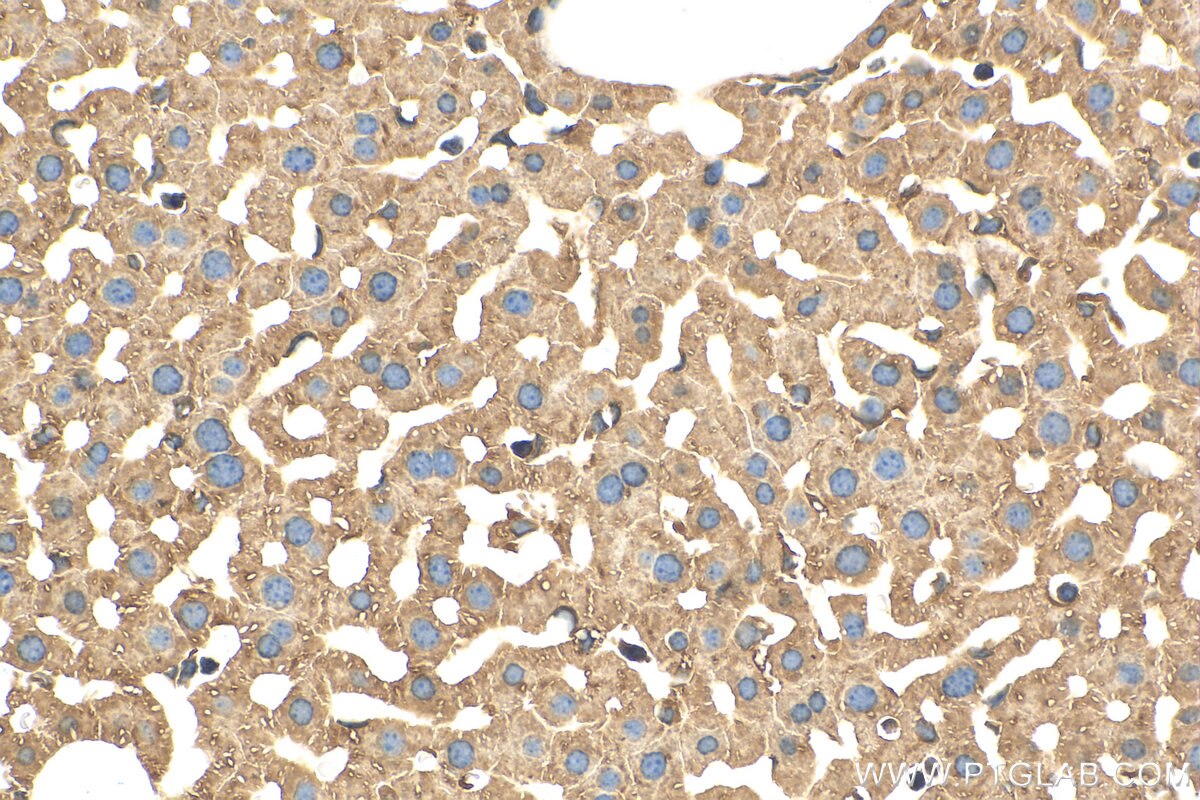Anticorps Polyclonal de lapin anti-C1S
C1S Polyclonal Antibody for WB, IHC, ELISA
Hôte / Isotype
Lapin / IgG
Réactivité testée
Humain, rat, souris
Applications
WB, IHC, IF, ELISA
Conjugaison
Non conjugué
N° de cat : 14554-1-AP
Synonymes
Galerie de données de validation
Applications testées
| Résultats positifs en WB | rat plasma, plasma humain |
| Résultats positifs en IHC | tissu de cancer du foie humain, tissu hépatique de souris il est suggéré de démasquer l'antigène avec un tampon de TE buffer pH 9.0; (*) À défaut, 'le démasquage de l'antigène peut être 'effectué avec un tampon citrate pH 6,0. |
Dilution recommandée
| Application | Dilution |
|---|---|
| Western Blot (WB) | WB : 1:2000-1:16000 |
| Immunohistochimie (IHC) | IHC : 1:50-1:500 |
| It is recommended that this reagent should be titrated in each testing system to obtain optimal results. | |
| Sample-dependent, check data in validation data gallery | |
Applications publiées
| WB | See 3 publications below |
| IHC | See 1 publications below |
| IF | See 4 publications below |
Informations sur le produit
14554-1-AP cible C1S dans les applications de WB, IHC, IF, ELISA et montre une réactivité avec des échantillons Humain, rat, souris
| Réactivité | Humain, rat, souris |
| Réactivité citée | Humain, souris |
| Hôte / Isotype | Lapin / IgG |
| Clonalité | Polyclonal |
| Type | Anticorps |
| Immunogène | C1S Protéine recombinante Ag5977 |
| Nom complet | complement component 1, s subcomponent |
| Masse moléculaire calculée | 77 kDa |
| Poids moléculaire observé | 88 kDa |
| Numéro d’acquisition GenBank | BC056903 |
| Symbole du gène | C1S |
| Identification du gène (NCBI) | 716 |
| Conjugaison | Non conjugué |
| Forme | Liquide |
| Méthode de purification | Purification par affinité contre l'antigène |
| Tampon de stockage | PBS with 0.02% sodium azide and 50% glycerol |
| Conditions de stockage | Stocker à -20°C. Stable pendant un an après l'expédition. L'aliquotage n'est pas nécessaire pour le stockage à -20oC Les 20ul contiennent 0,1% de BSA. |
Informations générales
The first component of complement is a calcium-dependent complex of the 3 subcomponents C1q, C1r, and C1s. The serine protease subunits C1r and C1s form a Ca(2+)-dependent C1s-C1r-C1r-C1s tetramer. C1r activates C1s so that it can, in turn, activate C2 and C4. C1s is a glycoprotein of approximately 88 kDa, which is activated by cleavage into an A chain and a B chain.
Protocole
| Product Specific Protocols | |
|---|---|
| WB protocol for C1S antibody 14554-1-AP | Download protocol |
| IHC protocol for C1S antibody 14554-1-AP | Download protocol |
| Standard Protocols | |
|---|---|
| Click here to view our Standard Protocols |
Publications
| Species | Application | Title |
|---|---|---|
Int J Mol Sci Sodium Iodate-Induced Degeneration Results in Local Complement Changes and Inflammatory Processes in Murine Retina | ||
Sci Rep C-reactive protein (CRP) recognizes uric acid crystals and recruits proteases C1 and MASP1. | ||
J Transl Med Comprehensive investigation of malignant epithelial cell-related genes in clear cell renal cell carcinoma: development of a prognostic signature and exploration of tumor microenvironment interactions | ||
Cancer Cell Int Association between cancer-associated fibroblasts and prognosis of neoadjuvant chemoradiotherapy in esophageal squamous cell carcinoma: a bioinformatics analysis based on single-cell RNA sequencing |
Avis
The reviews below have been submitted by verified Proteintech customers who received an incentive for providing their feedback.
FH Asimenia (Verified Customer) (11-14-2024) | The signal of this staining was clear and with minimal background on the cells or the surrounding tissue.
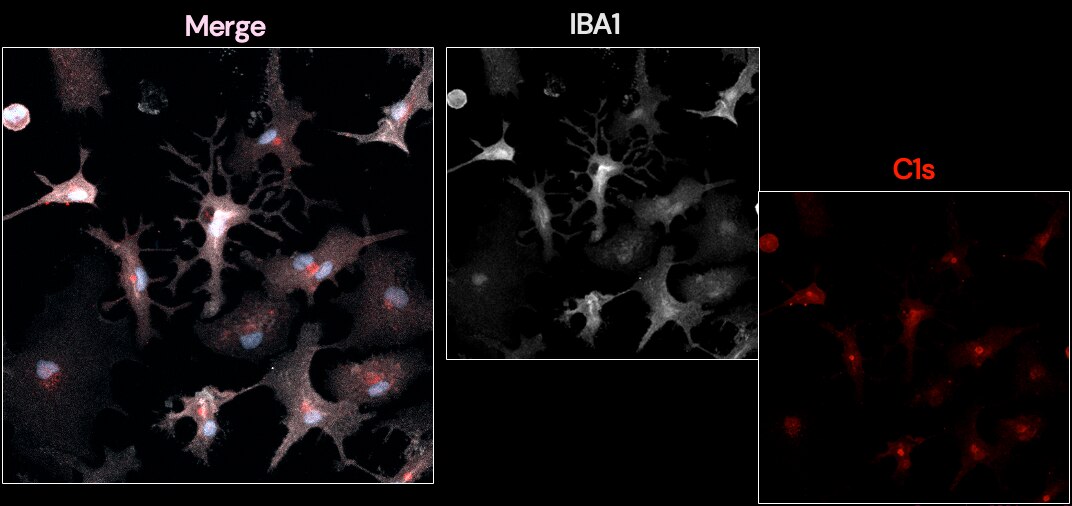 |


